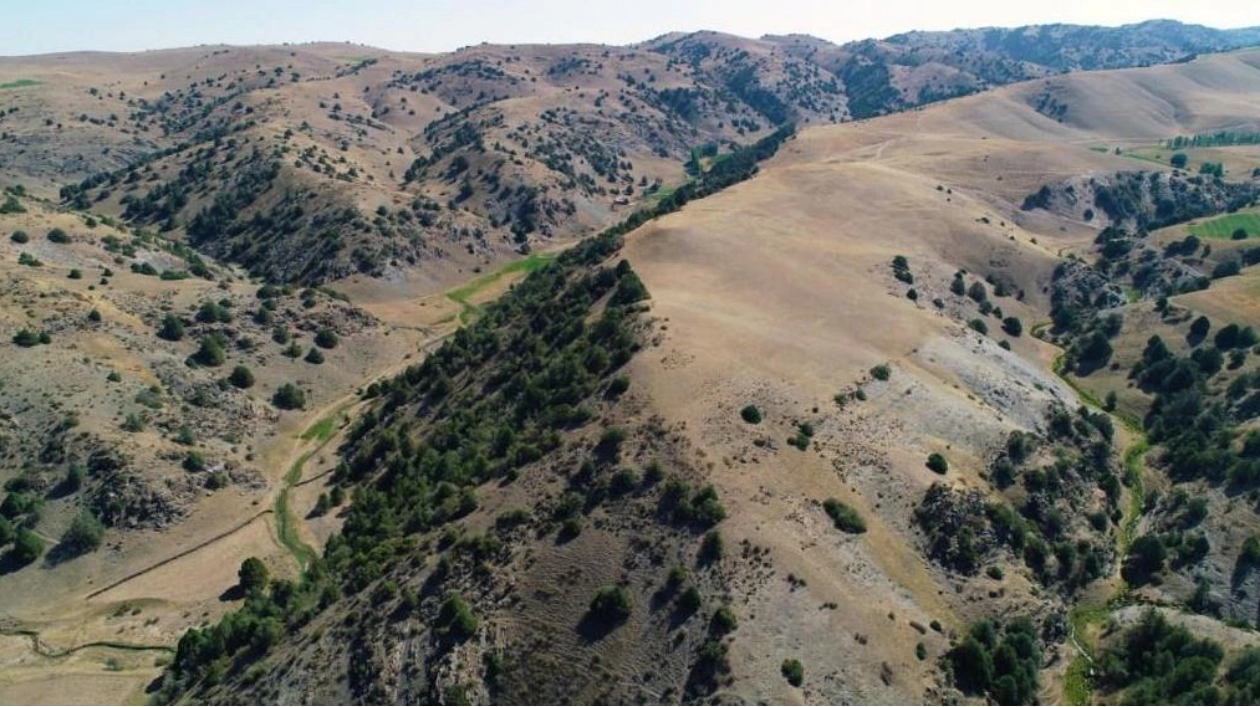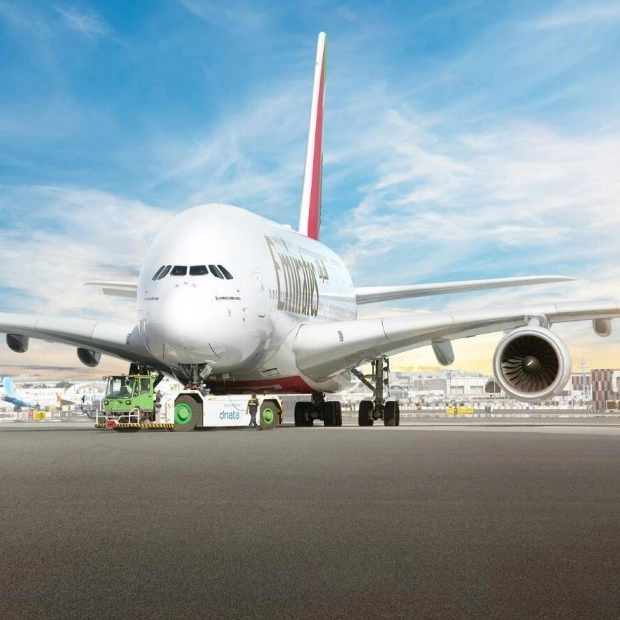Two medieval cities, built by nomadic herders along the Silk Road in Central Asia, have been hiding in plain sight until now. Mountainous regions are typically seen as barriers to trade and communication. However, these ancient settlements, located approximately 2,000 meters above sea level, demonstrate that herding communities developed a unique urban lifestyle where such activities flourished, according to archaeologist Michael Frachetti and his colleagues, who reported their findings on October 23 in Nature.
“Consider these high-altitude cities as nodes in a network that facilitated power and trade across Asia and Europe,” says Frachetti, from Washington University in St. Louis. Researchers have only found buildings and artifacts from a few ancient settlements located more than 2,000 meters above sea level, such as Peru’s Machu Picchu. Despite the thin air, harsh climate, rugged terrain, and limited farmland, it now seems that mountainous Central Asia was “an urban zone” during medieval times, Frachetti notes.
The team focused on two archaeological sites in southeastern Uzbekistan: Tashbulak and Tugunbulak. Centuries of erosion and sediment buildup have hidden the urban features of both sites, located five kilometers apart, beneath undulating grasslands. Large earthen mounds and scattered pottery pieces led to the discovery of Tashbulak in 2011 and Tugunbulak in 2015. These findings suggest that Tugunbulak was occupied from the 6th to 10th centuries, while the initial residents of Tashbulak arrived in the 8th century.
Using drones equipped with light detection and ranging (lidar) technology, Frachetti and colleagues mapped the extent and layout of both sites. Lidar’s laser scans have previously revealed ancient urban networks through tropical jungles and ground cover in the Amazon, Central America, and Cambodia. Lidar maps of surface-level ridges in the soil, where walls once stood, combined with computer reconstructions of those buildings, indicate that Tugunbulak covered just over a square kilometer. It was one of the largest Central Asian cities of its time, according to Frachetti.
The more than 300 structures at Tugunbulak included clusters of buildings with shared walls, narrow corridors or roads between those clusters, watchtowers connected by walls along a ridgeline, and a central fortress or citadel. Tugunbulak’s layout mirrored that of small and large lowland cities in medieval Asia. The mountain city’s fortress, flanked by a castle or palace, overlooked a town surrounded by defensive walls.
Tashbulak covered roughly one-eighth the territory of Tugunbulak but was still a bustling community, Frachetti says. A series of large defensive structures overlooked a vast area of terraced platforms, walls, and houses. At least 98 structures identified so far resemble the types of buildings detected at the larger site.
Estimating population sizes for the two communities is challenging. However, Frachetti suspects that a relatively constant number of year-round residents increased periodically during gatherings for special events and exchanges of goods. Lidar’s revelation of large communities at Tugunbulak and Tashbulak highlights the underestimated ability of high-altitude herding groups to band together as early city builders, says archaeologist Michael Fisher of the Max Planck Institute of Geoanthropology in Jena, Germany. The new study demonstrates that “mountain ranges can actually be conduits for cultural and economic transmission, not barriers.”
Mountain ranges offer little opportunity for farming, raising questions about how Tugunbulak and Tashbulak populations were fed. Highland pastures supported herds of cattle, sheep, goats, and horses that could have been traded or sold to obtain cultivated foods. Previous excavations at Tashbulak uncovered remains of grains, legumes, nut shells, fruits, chicken eggshell fragments, and cotton seeds. Regular shipments of these foods must have come from lowland settlements, says Max Planck archaeologist Robert Spengler, who participated in those earlier digs.
Excavations conducted since 2022 suggest that large-scale iron production occurred at Tugunbulak and Tashbulak, Frachetti says. Iron was a valuable trade item for highland city dwellers. These mountain cities may have also provided rest stops for caravans traveling the Silk Road, a set of ancient trade and travel routes that ran from China to Europe. However, excavations have yet to confirm this possibility.
Source link: https://www.sciencenews.org






